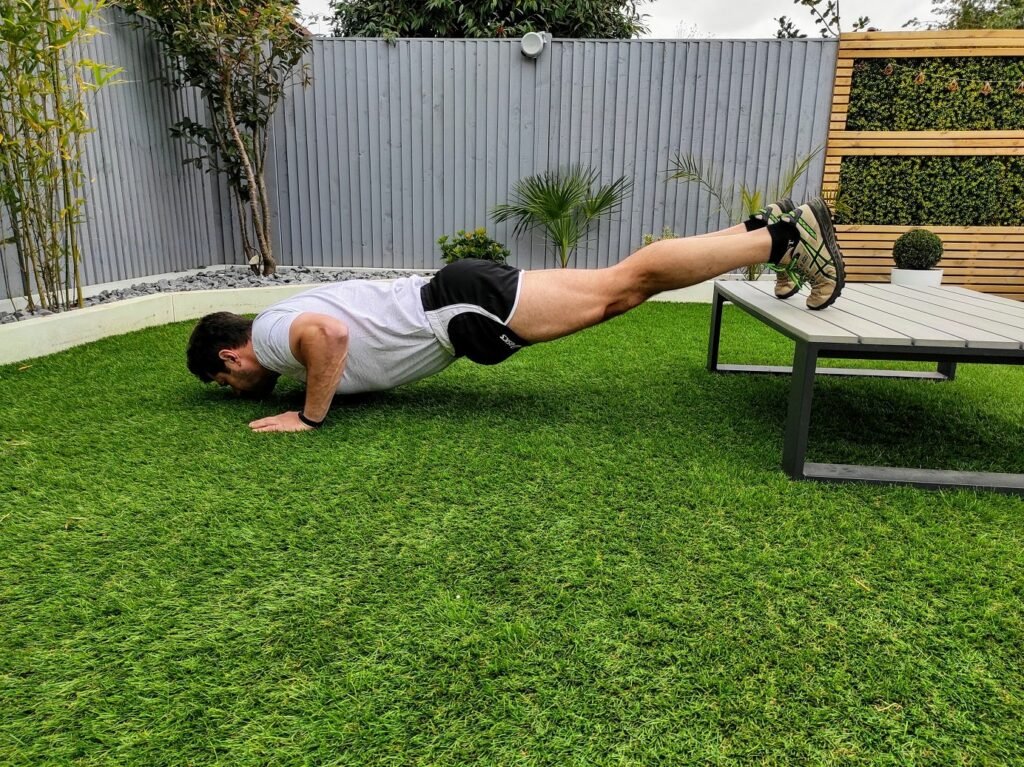The question of how common Panner’s Disease is in Rock Climbers is an easy one to answer.
It’s uncommon, rare even. Panner’s Disease can cause pain, swelling, and mobility issues in the elbow.
In this blog post, we’re going to take a look at what Panner’s Disease is, how it’s treated, and what you can do to reduce your risk of getting it. So let’s get started!
1. What is Panner’s Disease?
Panner’s Disease is an osteochondrosis of the bone growth plate on the distal humerus. This part of the bone is softer in children and will harden out in puberty. It was described first in 1927 by the Danish doctor Hans Jessen Panner. If it occurs, it’s mostly seen in boys under 10 years of age. The exact origin of panner disease is unknown but it’s thought to be caused by the repetitive shear forces rock climbing places on the elbow joint.
Symptoms of Panner’s Disease include pain and tenderness around the elbow. Furthermore, you might not be able to extend your elbow fully as the disease develops. And swelling, heat, and redness are possible symptoms that can occur too, indicating an active inflammation.
In the beginning, you might notice a little unintrusive pain in the elbow which goes away after you start rock climbing. This makes it a tricky condition to diagnose.
The worst-case scenario of Panner’s Disease if it goes undiagnosed and is ignored, is osteonecrosis the “dying” of the bony tissue.
Look at the YouTube video below to understand Panner’s Disease fully.
2. How Common is Panner’s Disease in Rock Climbers & Non-Climbers?
Panner’s Disease is uncommon in the normal population and there is no data on how common it is in rock climbers. Yet, if you consider the stress rock climbing puts on the elbow, I wouldn’t be surprised that Panner’s Disease is more common in rock climbers than non-climbers.
The fact that I saw one patient in 7 years as a Physiotherapist was total luck. When I asked my 5 colleagues about the condition, having 50+ years of experience between them, no one had ever heard about it.
3. How is Panner’s Disease Treated?
The main treatment for Panner disease is rest – taking a break from activities that involve using the affected elbow joint until symptoms have improved. Additionally, anti-inflammatory medications may be prescribed to help reduce inflammation and pain. As symptoms improve, physical therapy can help to regain joint motion, stability, and strength of the elbow joint.
It takes time to recover from panner disease and it’s better to take a cautious rehab approach. My single experience with this condition only emphasizes this: a 14-year-old elite climber who wanted to push through his rehab fast, to not miss out on his opportunity to climb in the national team, only to end up with a bone splitter that he had to be operated on later.
4. How to Prevent Panner Disease?
The best way to prevent Panner’s Disease is by closely monitoring young rock climbers’ training load. You can do this by keeping a log of different metrics. For example:
- Height in CM measured weekly
- Weight measured weekly
- Amount of training volume in minutes per week
- The intensity of training sessions is measured according to the Rate of Perceived Exertion (RPE), a subjective measurement by which the trainee gives a number between 1-10 about how exerted he or she is after each training session
- Did the climber feel any pain while climbing?
- Where did he/she feel pain?
- How intense was the pain 1-10?
If you start seeing that there’s a recurring pain in the elbow that persists for more than 2 weeks in a row, and you don’t know the origin? Then you should get in touch with a doctor.
5. Conclusion
Panner’s Disease is a completely uncommon condition yet its consequences for (elite) rock climbers can be devastating. Left untreated it can cause the affected part of the bone to splitter off which then requires surgery or at least conservative treatment that lasts up to a year. Which also means little to no climbing during this time.
So, the bottom line is that young rock climbers who spend a lot of time on the wall should be monitored closely. This takes a small effort and can prevent serious injuries.

